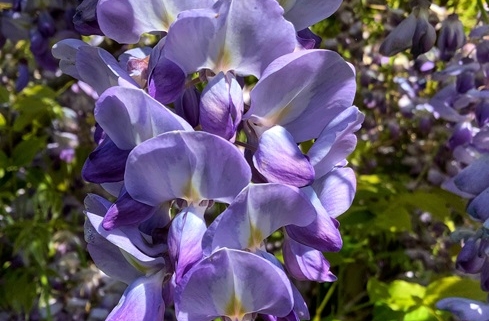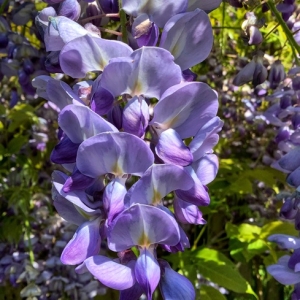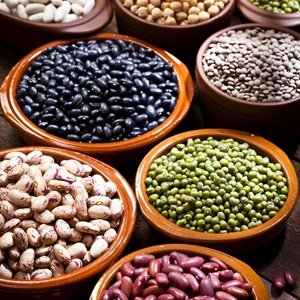Zen and the art of hand-watering
I’m no liquid luddite. Our thin boundary border beds and double arms-length wide vegetable rows all have a central snake of plastic dripper line to slowly soak the soil and if I was the lawn-watering kind I would naturally choose the efficiency of a sprinkler to cast a wide, even drink. But of all the forms of home irrigation, I find hand-watering the most satisfying.
Rain is the best way to water your garden. It is the cheapest and most energy-efficient delivery system. The bonus of storms is that lightning increases the nutrient value of the rain by accessing some atmospheric nitrogen. While nothing waters like rain, we have no way of controlling its amount or timing and, inevitably, we’re left with the need to deliver water another way.
Critics will argue that any form of irrigation is quicker than hand-watering but when you have a lot of pots (cuttings, indoor plants, seedling trays) a whip-around with the hose or watering can is the most efficient way to water them all.
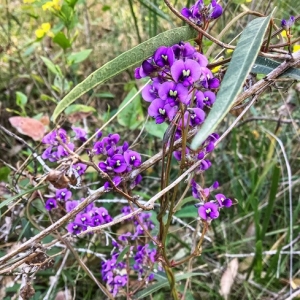 Hand-watering is the best way to deliver a customised amount of water specific for a plant’s particular needs. Perhaps you are giving some attention to recently planted specimens that need a little extra nurturing while they become established, or the lemon tree needs a bit of extra flooding. Irrigation systems are handy, but they aren’t discerning.
Hand-watering is the best way to deliver a customised amount of water specific for a plant’s particular needs. Perhaps you are giving some attention to recently planted specimens that need a little extra nurturing while they become established, or the lemon tree needs a bit of extra flooding. Irrigation systems are handy, but they aren’t discerning.
Time is money, so if you have plenty of the former and little of the latter, know that hand watering is the most budget-friendly form of watering, even more so if you have been able to catch and hold some rainwater.
Hand watering gives you time to observe the growing patterns of each individual plant and to spot any problems early or even to do some hand-weeding as you go. It forces you to spend time in the garden and provides you with some peaceful contemplation time, contributing to your positive mental health and your daily exercise routine.
While an automatic irrigation system is a convenient amenity and can start work before you even get out of bed, it does to some degree separate you from your garden. Perhaps with the invention of a Bluetooth hoseless watering system, where you just walk around with a watering nozzle and there is nothing to trip on, get tangled or drag around, more people will embrace the Zen of hand watering.
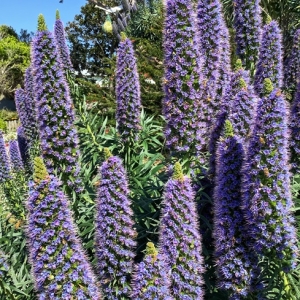 Meanwhile, although dry, the town gardens are awash with spring colour. Perennial flowering shrubs such as lavenders, pelargoniums/geraniums and daisies are all sparkling. Azaleas are aflush and clusters of orange Clivea miniata brighten the shady places. Pendulous racemes of creamily sweet-perfumed Wisteria sinensis hang in colourful curtains and the tall intensely blue spikes of Echium candicans sway above their grey-green foliage. The callistemons are coming on strong too, much to the delight of the lorikeets.
Meanwhile, although dry, the town gardens are awash with spring colour. Perennial flowering shrubs such as lavenders, pelargoniums/geraniums and daisies are all sparkling. Azaleas are aflush and clusters of orange Clivea miniata brighten the shady places. Pendulous racemes of creamily sweet-perfumed Wisteria sinensis hang in colourful curtains and the tall intensely blue spikes of Echium candicans sway above their grey-green foliage. The callistemons are coming on strong too, much to the delight of the lorikeets.
In the wild places, on the sides of the road around the Triangle area, splashes of purple are appearing as the native dark-green, leathery-leaved, twining climber Hardenbergia violacea produces its mass of small pea-shaped flowers. Combined with some of the egg and bacon bushes (Daviesia spp., Pultenaea spp. etc) the combination of purple and gold is a royally supreme sight.
This month in the vegie garden is the one we have all been waiting for and you can start planting all your favourite varieties of beans, capsicum and/or chilli, corn, cucumber, eggplant, melons, pumpkins, tomato and zucchini. Carry on with the beetroot, carrot, celery, lettuce, onions, peas, potatoes and silver beet.
If you have any comments, gardening questions or plant or pest identification problems, please send them through to gardening@thetriangle.org.au and we will get back to you personally.
Happy growing.
